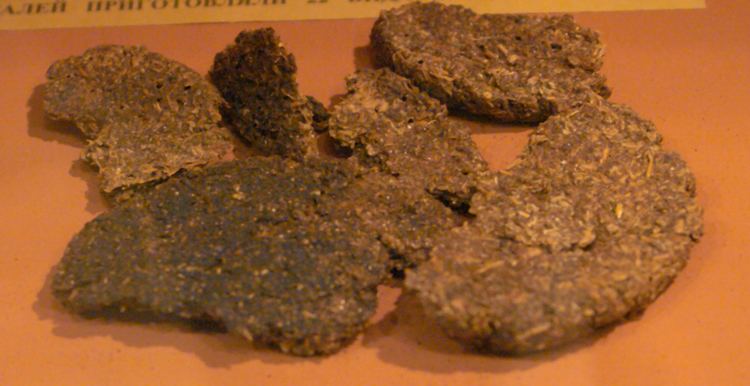 | ||
A famine food or poverty food is any inexpensive or readily available food used to nourish people in times of extreme poverty or starvation, as during a war, an economic depression or famine. Quite often, the food is thereafter strongly associated with the hardship under which it was eaten, and is therefore socially downplayed or rejected as a food source in times of relative plenty.
The characterization of a foodstuff as "famine" or "poverty" food is primarily social. Some foods, such as lobster and other crustaceans, are considered poverty food in some societies and luxury food in others, and these distinctions can change over time.
Foods associated with famine need not be nutritionally deficient, or unsavoury. Having been driven to consume them in large amounts and for long periods of time, however, people often remain averse to them long after the immediate need to eat them has subsided. That remains the case even if such foodstuffs might otherwise constitute a healthy part of a more comprehensive diet.
Examples
A number of foodstuffs have been strongly associated with famine, war, or times of hardship throughout history:
